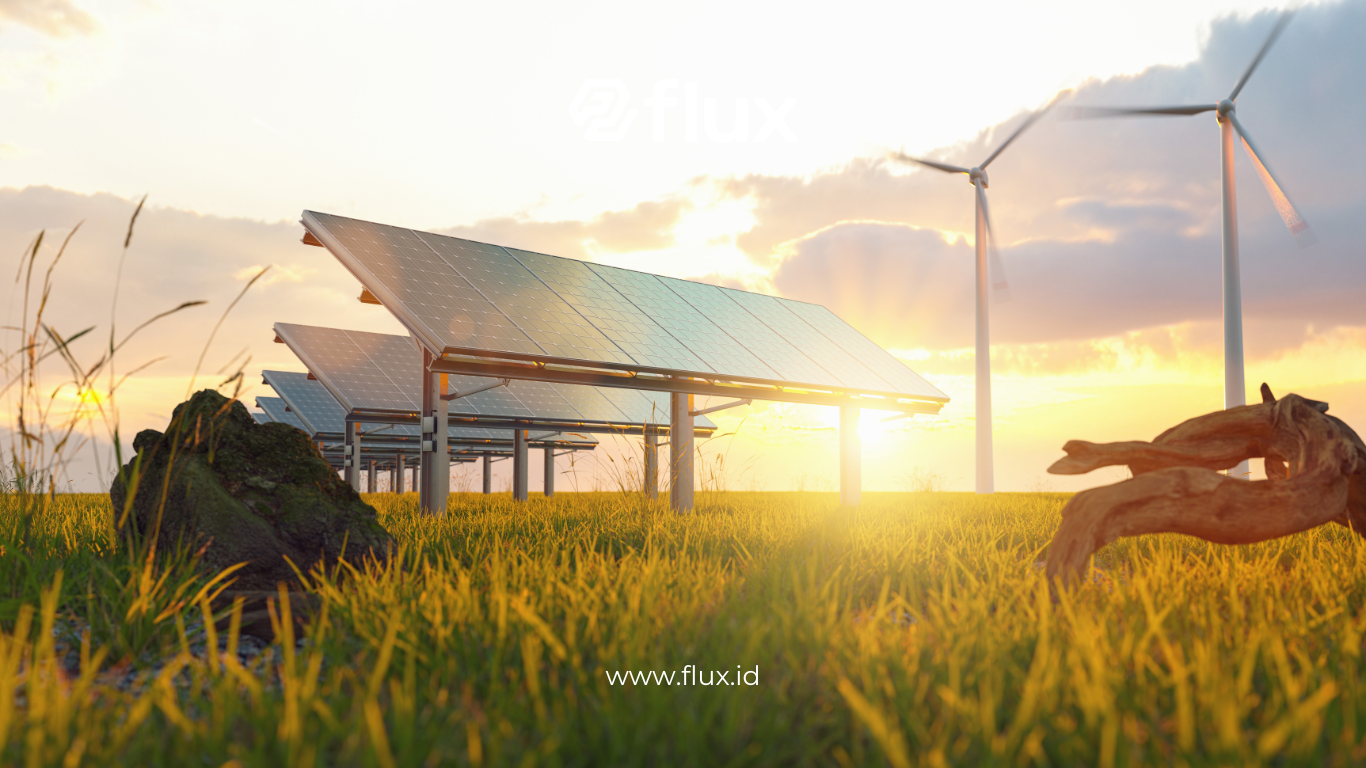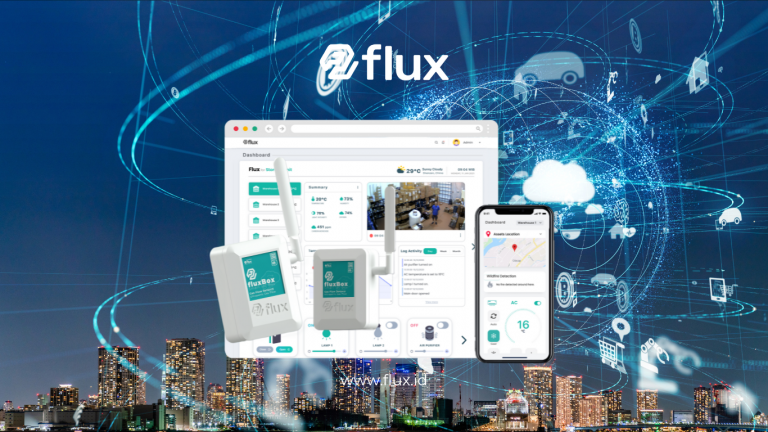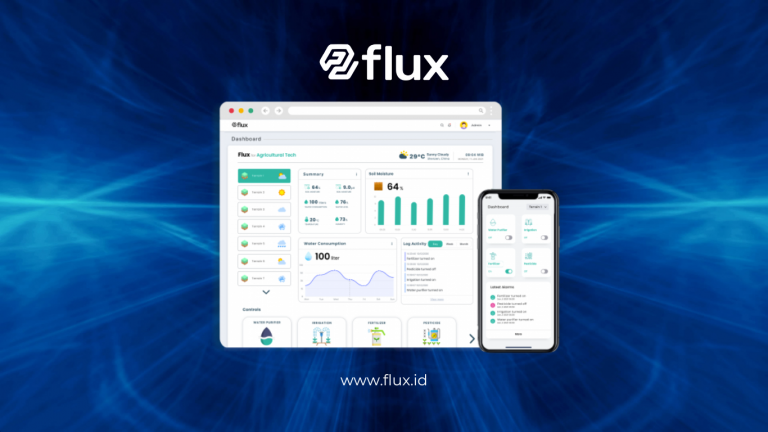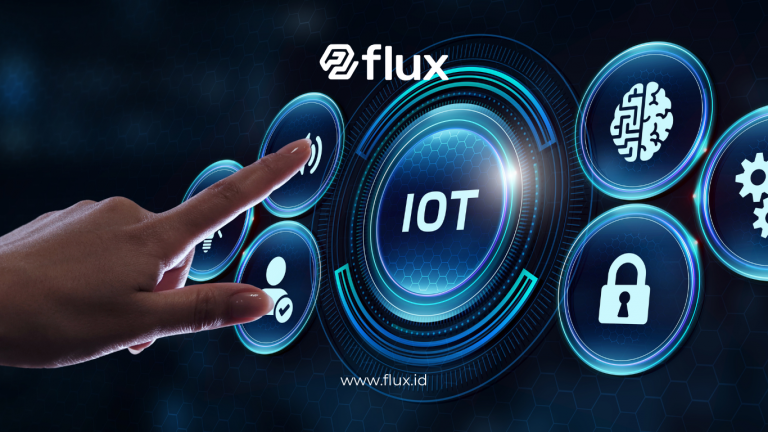Don't miss our holiday offer - 20% OFF!
Food security remains a global challenge, with the demand for adequate food supplies growing alongside the world’s population. The introduction of technology, especially the Internet of Things (IoT), has emerged as a game-changing solution. By connecting devices, sensors, and platforms, IoT provides real-time insights and enables smarter farm management. This article explores the role of IoT in agriculture, highlighting its benefits, key technologies, real-world applications, and Implementation of IoT in the Agricultural Sector.
Contents
What is IoT in the Agricultural Sector?
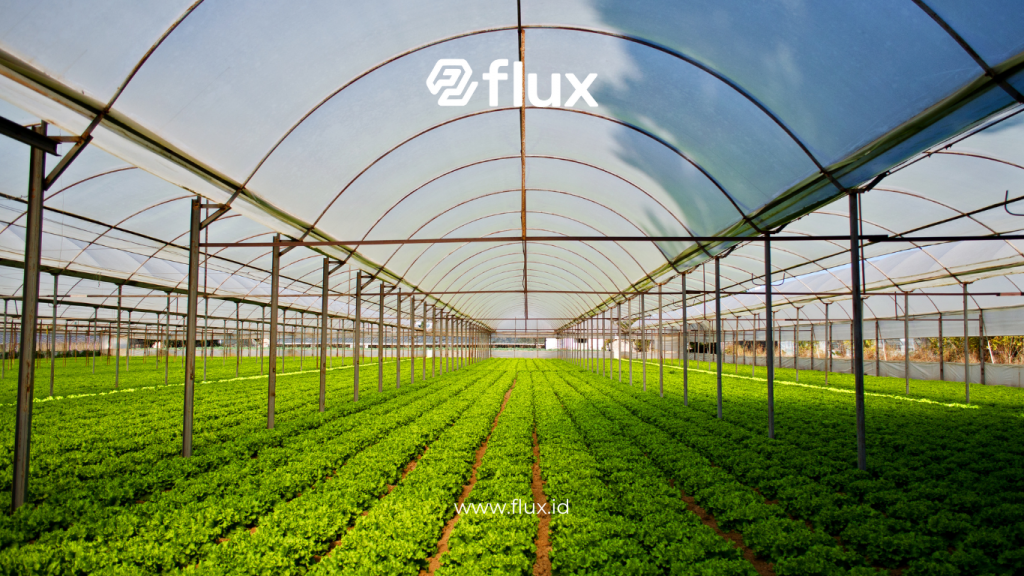
Read More: Integrating IoT Technology in Sustainable Agriculture Systems
IoT in agriculture refers to a network of smart devices that communicate and exchange data. Farmers use devices such as soil sensors, drones, and automated irrigation systems to gather information and improve decision-making. By leveraging this data, precision farming becomes possible, enabling the efficient use of resources and enhanced productivity.
Benefits of Implementing IoT in the Agricultural Sector
1. Boosting Agricultural Productivity
Farmers can improve productivity by using IoT to monitor crops in real time. This proactive approach allows for quick responses to issues related to irrigation, fertilization, and pest control.
2. Optimizing Resource Utilization
IoT devices help reduce the overuse of water, fertilizers, and pesticides. Smart irrigation systems, guided by weather data and soil moisture sensors, apply water only when necessary.
3. Reducing Crop Loss Risk
Early detection of pests, diseases, or unfavorable environmental conditions enables farmers to take immediate action. As a result, potential crop loss is significantly reduced.
4. Enhancing Food Security
By increasing production efficiency, IoT technology plays a pivotal role in achieving food security. Farmers can produce more with less land and fewer resources.
5. Promoting Sustainable Agriculture
IoT enables sustainable farming by reducing waste, optimizing resource use, and supporting eco-friendly practices. This contributes to long-term environmental health and agricultural sustainability.
Key Technologies in Agricultural IoT
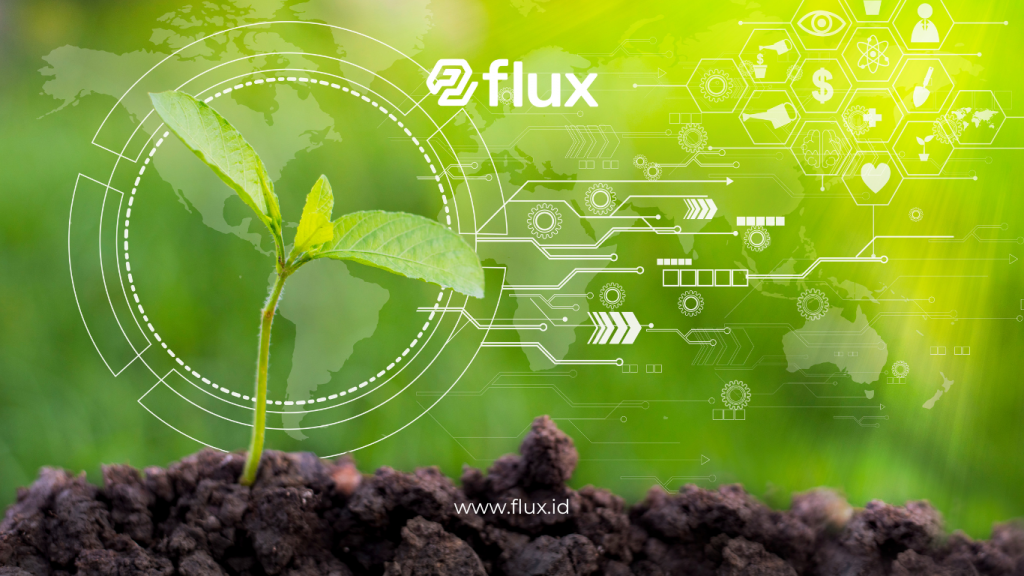
Read More: Achieving Precision Agriculture with IoT-Based Soil Nutrient Sensors
1. Smart Sensors
Sensors provide critical data that support precision farming. Key sensor types include:
- Soil Sensors: Measure soil moisture, pH, and nutrient levels.
- Weather Sensors: Track temperature, humidity, wind speed, and rainfall.
- Crop Health Sensors: Detect pests, diseases, and other anomalies.
2. IoT-Enabled Irrigation Systems
These systems automate the irrigation process using data from soil moisture sensors and weather forecasts. Water usage is optimized, and overwatering is avoided.
3. Agricultural Drones and Robots
Drones assist with aerial imaging, crop health monitoring, and precision pesticide application. Robots automate tasks such as planting, harvesting, and spraying.
4. Data Management Platforms
Cloud-based platforms collect and analyze data from IoT devices. Farmers access these insights via mobile apps or computers to support better decision-making.
Real-World Applications of IoT in Agriculture
1. Crop Health Monitoring
Farmers use sensors and drones to detect signs of disease, pest infestation, or nutrient deficiencies. Early detection allows for timely intervention, reducing potential crop damage.
2. Smart Irrigation Systems
Farmers rely on IoT-based irrigation to optimize water use. Soil moisture sensors send data to cloud platforms, allowing the system to deliver water only when needed.
3. Precision Fertilization
Soil analysis using smart sensors ensures the precise application of fertilizers. This approach improves soil health, reduces waste, and increases crop yield.
4. Pest and Disease Management
Drones and AI-powered cameras help monitor pest populations. Early detection allows farmers to deploy targeted pest control measures, reducing the use of pesticides.
Strategic Steps to Implement IoT in Agriculture
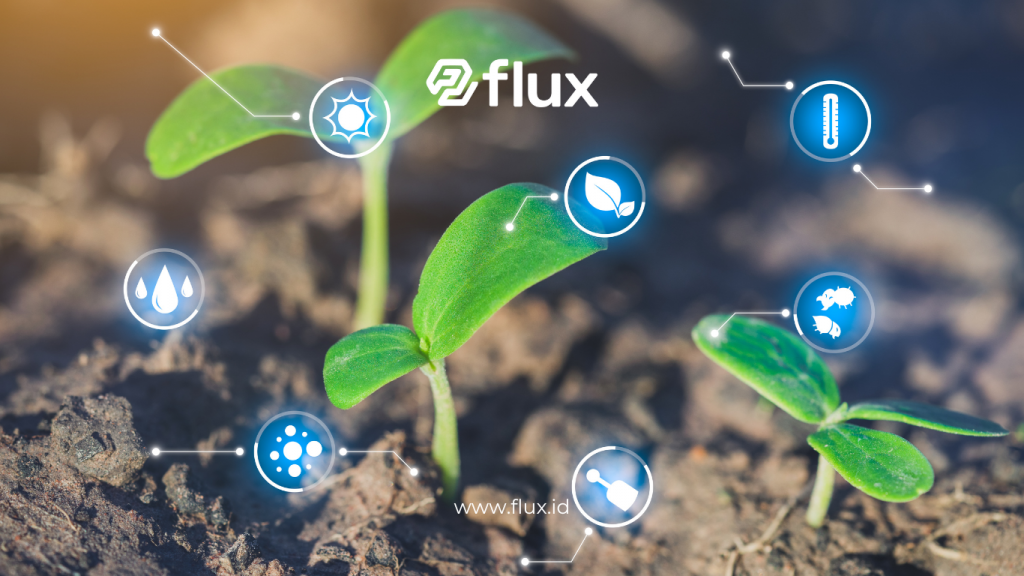
Read More: Achieving Precision Agriculture with IoT-Based Soil Nutrient Sensors
1. Assess Farm Needs
Farmers should begin by identifying the specific challenges they face, such as water scarcity, pest control, or soil health issues.
2. Select the Right Technology
Choosing the appropriate IoT devices and platforms is crucial. Farmers should consider sensors, drones, irrigation systems, and data analysis tools that address their specific needs.
3. Deploy IoT Devices
Install smart sensors, cameras, and connected devices on-site to collect data. Proper placement and calibration are essential for accurate data collection.
4. Data Collection and Analysis
Data gathered by IoT devices is analyzed using cloud-based platforms. This information guides decision-making and process improvements.
5. Automate Key Processes
Use the insights from IoT data to automate irrigation, fertilization, and pest control. Automation reduces labor costs and ensures timely intervention.
6. Maintain and Calibrate Devices
Periodic checks and recalibration of sensors and IoT devices ensure data accuracy and system reliability.
Conclusion
The implementation of IoT in agriculture is a transformative approach to achieving food security. By utilizing connected sensors, drones, and smart irrigation systems, farmers can increase productivity, reduce waste, and minimize risks. The shift toward precision agriculture ensures more efficient use of resources while supporting sustainability goals. Strategic planning and the adoption of suitable IoT devices are essential for maximizing the impact of this technology on the agricultural sector.


